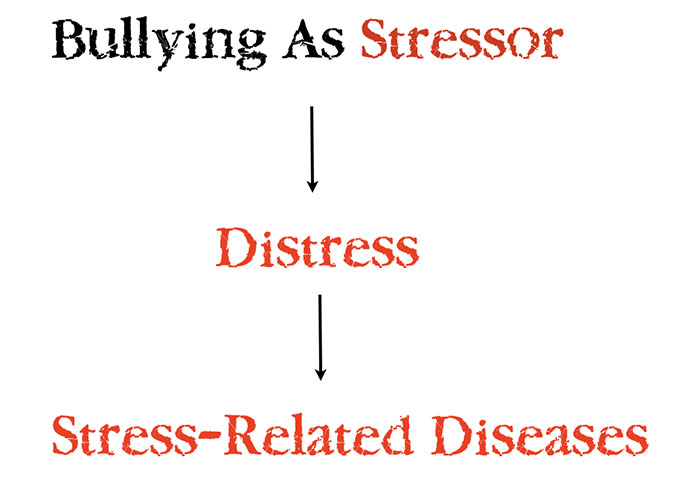
There is an artificial distinction between physical and psychological health problems. The original source for both is an external event, situation or a person. Bullying is the stressor, circumstances not under targets’ control. Through the human stress response, the external world is internalized. The effects on your body are physical and well coordinated with little self-awareness while they are happening. Your well-being begins to decline.
Distress is always negative. Eustress, a form of non-destructive, positive stress, is not trigged by bullying. Stress (distress) does not kill. Stress-related diseases can kill. Stress-related diseases ignore the physical-psychological distinction. The reactions are all biological. Psychological depression and emotional injury are biological.
Recognizing
Signs of Distress

Worsening Distress
Two factors: frequency and duration. The more frequent the incidents and the longer the exposure to destructive incidents, the greater the cumulative negative effect on one’s health. Rarely is a single incident the source of workplace trauma. Targets who endure unremitting exposure suffer the most.
The Human Stress Response
- A threat is perceived (may be separate from an objectively verifiable external event)
- Sympathetic Nervous System, part of Autonomic System activated
- Adrenal gland secretes epinephrine, affecting organs to support flight
- Cortisol stress hormone released, affects brain and organs
- Vagal nerve (12th cranial nerve) readies heart and circulatory and gastrointestinal systems
- Person is in Fight, Flight or Freeze mode
- Overstimulation can drop blood pressure, slow heart, restrict blood to brain causing fainting
- Neurological structure changes (see below)
- Only through acquisition of “psychological safety” can a person work their way from stress immobility to full social engagement again
- Restoral by the Parasympathetic Autonomic System
Stress-Related Physical Health Impact
- Neurological structural changes to create the Stressed Brain
- Cardiovascular system — hypertension (60%) through cardiac arrest
- Gastrointestinal system — IBD/IBS (37%)
- Sleep disorders (77%)
- Musculoskeletal — Fibromyalgia (21%) & Chronic fatigue (33%)
- Skin disorders (17%)
- Migraine & tension headaches (48%)
- Immunological system compromise — T cells/Cancer
- Telomere erosion and shortening
Percentages in parentheses are from 2012 WBI Online study of bullied targets
Understanding the
Stressed Brain
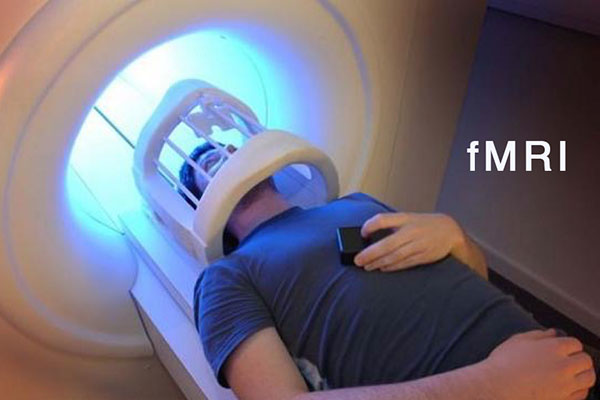
The distressed brain wasn’t investigated thoroughly in early stress research until a measurement tool came along. The tool is fMRI, functional magnetic resonance imaging. It tracks oxygenation in the brain. Areas of the brain light up when activate in nearly real time. It has allowed researchers to pinpoint regions of the brain responsible for very specific behaviors.
When stress hormones (glucocorticoids, such as cortisol — a steroid) flood the brain during Sympathetic Nervous System activation, certain regions are prone to atrophy (shrinkage). Cortisol doesn’t kill most neuronal cells. It shortens dendrites (the tree branch-like end of neurons). With shrinkage in the hipppocampus, a part of the midbrain limbic system, we suffer memory impairment. Making new memories grows difficult. Because the stressed hippocampus is less able to retrieve long-term memories, we appear to become less intelligent. Remember gaslighting bullies falsely claim targets are incompetent. They are not. But with unrelenting distress, and subsequent brain changes, the BIG LIE begins to look true. In other words, the atrophied hippocampus is unable to perform at the previous pre-bullying level.
Prolonged distress causes disruptions of other normal behaviors. Indecisiveness is likely traced to reduced volume (atrophy) in the frontrostriatal cortex. Cumulative traumatic life events can lead to simultaneous atrophy in three regions of our cortex (medial prefrontal cortex, anterior cingulate & right insula). Having smaller gray matter volume than non-traumatized people can lead to a vulnerability for depression, unregulated anxiety, and loss of socially supportive relationships. We know that social support from family and friends is the best stress-buster. However, depressed people tend to push away those from whom they need support the most.
The good news is that
behavioral impairment
can be reversed.
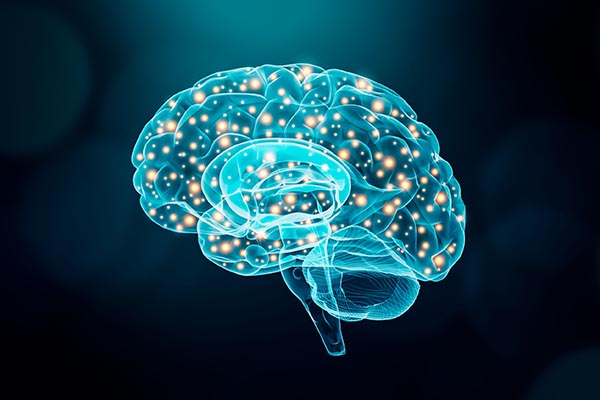
The brain’s marvelous mechanism of plasticity can restore lost volume. With restored volume comes a return to behavioral normalcy. For plasticity to heal, the stressor has to be taken out of the target’s life. Ideally, the bully should be removed. Unfortunately that is rarely done. Healing via plasticity can also happen if the target leaves the toxic distressing work environment. It seems unjust to have targets (who did nothing wrong) leave, but if it restores health and full functioning, the option has to be considered.
Distress and the
Cardiovascular System

The cardio system is the system perhaps the most sensitive to distress. It reacts quickly but silently. High blood pressure, hypertension, starts the response. Medication can control it. However, HBP does not warn you with symptoms. It is difficult to detect. Once detected, if the stressor is not removed, there can be a progression to myocardia ischemia that blocks blood reaching your heart muscle. Angina pain is the symptom. Or you could develop other forms of coronary heart disease. Strokes can happen with prolonged distress. Forty percent of first-time heart attacks are fatal.
Distress
Accelerates Aging
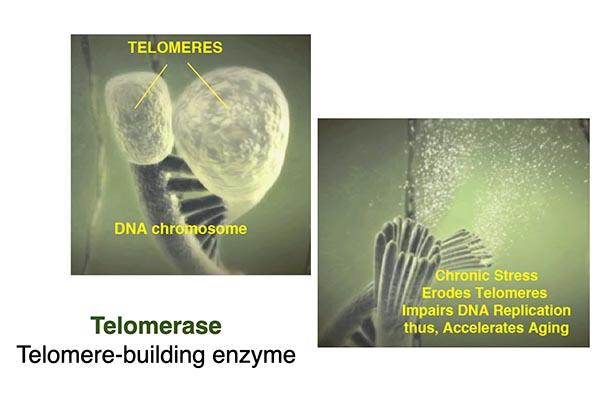
Dr. Elizabeth Blackburn at UC, San Francisco, won the 2009 Nobel prize in Medicine and Physiology for discovering the impact of stress on the DNA chromosome. DNA replication (making an exact duplicate of itself) ensures growth and repair of damaged tissues. Failure to replicate leads to diseases and death. Blackburn discovered the protective tips of the DNA chromosome called telomeres.
Telomeres prevent the unraveling of chromosomal strands of the double helix. The enzyme telomerase sustains telomeres. Distress blocks telomerase. Telomeres erode. The DNA strands separate preventing replication. Thus growth and repair functions stop. We grow older faster. This is how prolonged exposure to stress ages us unnecessarily. Distress shortens our lifespan.
Blackburn warns against telomerase supplements in her 2017 book, The Telomere Effect. The supplements could trigger undesirable non-specific cell growth, causing cancer or a host of other health problems.
Stress-Related
Psychological/Emotional
Health Impact
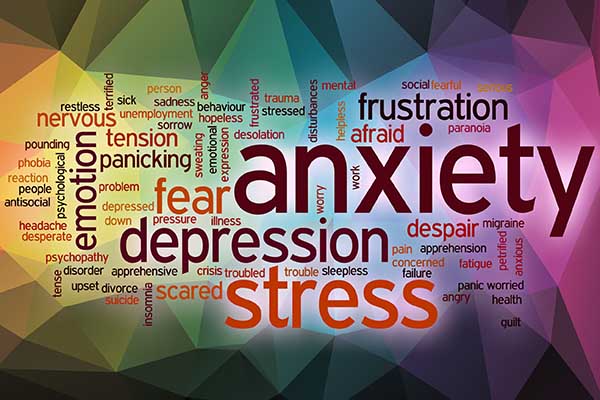
- Anxiety (80%) / Panic Attacks (52%)
- Clinical depression from work (49%)
- Post-Traumatic Stress Disorder (30%)
- Hypervigilance (83%), Intrusive flashbacks (50%), Anger (66%), Intense prolonged distress (59%)
- Suicidal ideation (29%), Had plan (16%)
- Betrayal (74%), Distrust of institution (63%)
Percentages in parentheses are from 2012 WBI Online study of bullied targets

Trauma
- From environments that provide little predictability, present an intense overwhelming threat, and destroy a sense of security and safety
- Onset (the start) is delayed by weeks or months and it perseveres long past separation from stressors
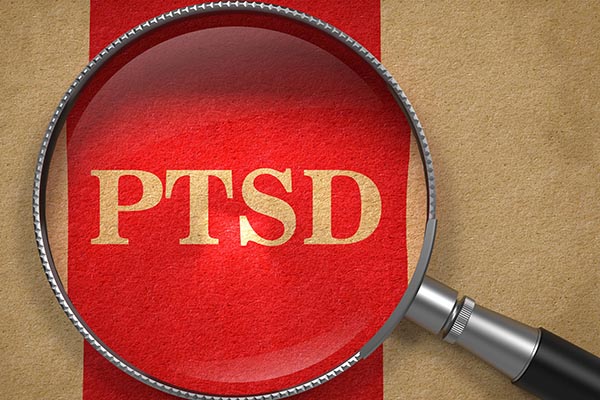
Post-Traumatic Stress Disorder is an injury suffered from when one’s ability to cope is overwhelmed. It can follow natural disasters, accidents and other impersonal events. Or it can result from personalized assaults created by intentional human design — rape, domestic violence, physical battery and beatings, or from the work environment. From the beginning of the international movement, clinician-researcher-pioneer Heinz Leymann linked PTSD to mobbing. Subsequent studies have found PTSD severity comparable in workplace bullying and rape cases. Traumatologist Ronnie Janoff-Bulman discovered that if a person believes in benevolent people and a benevolent world (with just, fair and equitable outcomes), they risk suffering PTSD when exposed to traumatizing events that shatter those beliefs.
According to the DSM-5, the categorization scheme for mental disorders written by the American Psychiatric Association, PTSD symptoms include:
Intrusion
- Recurrent involuntary recollections, nightmares or flashbacks, intense prolonged distress
Persistent Avoidance
- Of reminders — people, places, objects, conversations
Negative Cognitions and Mood
- Negative beliefs & expectations of self or world; Fear, anger, shame, guilt, inability to feel positive; Diminished interest in former activities; Feeling estranged from others; Dissociative amnesia
Arousal and Reactivity
- Irritability, aggression, self-destructive behavior, hypervigilance, easily startled, sleep disruption, concentration problems
It is difficult to be diagnosed with PTSD when presenting complaints about workplace bullying. You may experience several of the symptoms, but the diagnosis by a clinician hinges on exposure to a single life-threatening event.
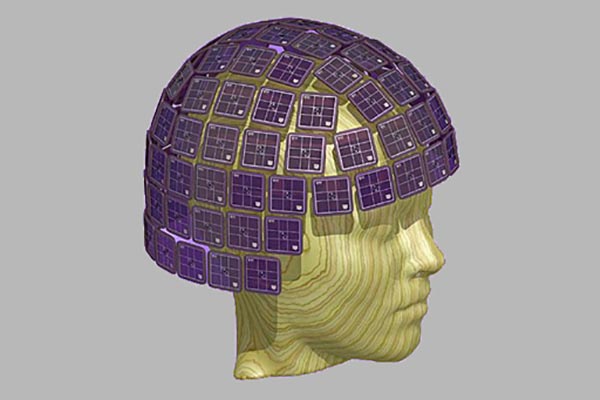
In 2010 researchers at the Minneapolis VA, reported using a technique called MEG (magnetoencephalography). It seems that PTSD etches neuronal pathways in the brain that make it distinguishable from the brain not exposed to extreme trauma. The “pattern” is called a neuromarker and detected using a SQUID technology cap. Neuromarkers allow quick and accurate diagnoses. Neuromarkers exist for epilepsy, Parkinson’s and MS.
Complex PTSD
To overcome the limitations of DSM-diagnosed PTSD, Harvard researcher Judith Herman developed Complex PTSD to take into account long-term cumulative exposure to multiple traumatizing events. The DSM is used by mental health practitioners. The ICD-11 (International Classification of Diseases used by doctors and epidemiologists) scheme extends defining criteria of PTSD:
- Re-experiencing the traumatic events
- Avoidance of thoughts and activities that serve as reminders
- Perceptions of heightened current threat
by adding the following criteria:
- Affective (emotion) dysregulation
- Negative self-concept
- Disturbed relationships
With the presence of all six criteria, one can be diagnosed as having C-PTSD.
Complex PTSD involves impulsive behaviors, depression, rage, suicidality, re-living the trauma, shame, helplessness, a preoccupation with revenge, isolation, distorted relationships, despair, hopelessness.
Moral Injury:
Creators of the various Moral Injury scales tend to define MI as transgressions made by the self and transgressions by others (with you as witness) and institutional betrayal by those in authority who should have prevented the immoral acts.
It is offered here as another explanation of your experience as a bullied target denied justice by your employer.
Risk of Suicide

Isolation without contact with people who love you and can provide needed social support (reminding you of who you are vs. the BIG LIE) is a major risk factor. A recent longitudinal study in Norway followed workers for 5 years. They were either bullied or not during the initial measurement period. A full five years later, the people who had been bullied in the beginning, but not in periods two or three (now at the end of the 5 years), were twice as likely to contemplate suicide compared to those not bullied.
Bullying has a lasting effect on people’s lives.
If you are considering harming yourself or need immediate assistance
please call the National Suicide Prevention Lifeline at 1-800-273-TALK (8255).

